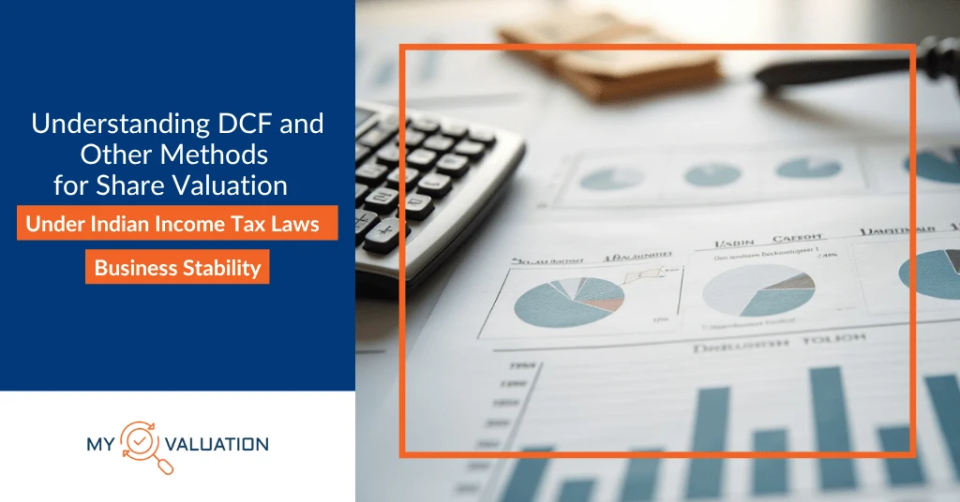Sources Of Capital For A Business
Before going for the sources, let’s talk a little bit of capital.
What is Capital for a Business:
The definition of capital in business refers to anything that the owner or founder can utilize and use to generate revenue or more value. One can define capital in different forms such as cash or other assets like real estate property, investments, financial securities or any intellectual capital.
The money which can be used and available to pay for the day-to-day expenses and operations and can be used for future growth can be considered as the capital of the business.
Companies use capital to pay for ongoing production of new goods and services which bring the profit to the company. Companies can invest their capital in all the types of things which create value for the company. The purpose of investing capital is to gain a higher and return and considerable profit than the cost of the capital.
WHY IS CAPITAL NEEDED FOR A BUSINESS?
Capital which can be termed as Funding as well, helps businesses and entrepreneurs to start their journey in the industry by hiring a team, purchasing equipment, branding and marketing and promotion of their product and brand or services. Companies require funding and they always seek sources of funding so they can grow their business from early stages. Funding, is an act of contributing resources to finance a program, project, or need. Funding or capital can be a short-term or long-term purpose. An entrepreneur can establish business model without any major funding but to build a company one need a sustainable funding.
Business Capital Structure
Mixture of company’s assets, liabilities and equity can be defined as capital structure. A company’s
balance sheet provides for metric analysis of company’s assets, liabilities, and equity.
Debt financing needs to repaid over the limited time with the help of scheduled liabilities. Equity financing, which means the sale of the stock shares of the company can generate the cash capital and that needs to be reported in the equity section of the company’s balance sheet. Debt capital typically comes with lower rates of return and strict provisions for repayment.
Some of the key metrics for analysing business capital are weighted average cost of capital, debt to equity, debt to capital, and return on equity.
Types of Sources of the Capital
Below are the top and recommended types of capital sources that businesses focus in more detail.
Debt Capital
Business raises a money by taking it on a loan or borrowing it from someone which can be defined as a Debt Capital for the business. As the terms suggest, this is a load made to the
company which needs to be repaid at some pre-defined future date. Debt capital is different from the other equity capitals as the subscribers of the capital are not part owners of the business. They can be termed as business creditors. Supplier of the debt capital generally receives contractually pre-defined fix percentage of the return on the amount of the loan they have provided and this is known as the coupon rate.
Individual business owners may see Debt capital as a burden but businesses may see it as an opportunity, till the time where debt does not get out of limit. This is the most common and one of the easy ways that major businesses can get the random sum to pay for investment in future for the growth of the business. But both businesses and their potential investors need to keep an eye on the debt to capital ratio to avoid getting in too deep.
Debt capital is preferrable for most of the businesses for the repayment of the annual returns. This means that legally the interest on debt capital must be repaid in full before any dividends are paid to any suppliers of equity. Common types of debt capital are: bank loans, personal loans.
Equity Capital
Companies can raise funds from the general public. In exchange of these funds, the public will get the proportionate ownership stack in the company in the form of investors shares. But the negative point for Equity Capital Funding is the business owner will have to share the profit with all the shareholders for the long term and this will decrease the amount of profit the business owner can get. More importantly, shareholders dilute a company’s ownership control as long as it sells more shares.
Equity capital can come in several forms. Generally, this funding can be differentiated between private equity, public equity, and real estate equity.
Like mentioned above private and public equity will be structured and returned in the form of shares of stock in the company. Different between private and public equity is that for public equity the company share will be listed on a stock exchange while for the private equity is raised among the close group of selected investors.
From a valuation perspective, equity capital is considered to be the net amount of any funds that would be returned to investors when all corporate liabilities settled. In some cases, this may be a negative figure, since the market value of company assets may be lower than the aggregate amount of liabilities.
Working Capital
Company’s liquid capital which can be used for daily expenses and purchasing is considered as a working capital for the company. It can be calculated and evaluated through the following two assessments:
- Current Assets – Current Liabilities
- Accounts Receivable + Inventory – Accounts Payable
Working capital can defined the company’s liquidity of short-terms. In more elaborated way, working capital describe the company’s ability to cover its debts, accounts and other payments which is due within one year.
Based on the above-mentioned calculation method, the company which has more liabilities than assets can run out of working capital soon.
Trading Capital
Every business required a certain amount to be sustained in the market and to operate and generate profitable returns. Balance sheet analysis is central to the review and assessment of business capital.
Trading capital generally used by brokerages and other financial organizations that place a large number of trades daily. Trading capital is the fund which can be allotted to any business or firm to buy or sell securities.
Investors who has invested via Trading capital attempt to add to their funding by employing a variety of trade optimization methods. These methods help investors to make the best use of capital by defining the ideal percentage of funds to invest with each trade.
Examples of Capital
All the form of financial asset that is being used to generate profit can be defined as a Capital. Major example can be the contents of a bank account, the proceeds of a sale of stock shares, or the proceeds of a bond issue.
CONCLUSION
The capital in business has several meanings depending on its context.
From a company’s balance sheet, capital is money or financial asset which is available for immediate use, whether to keep the day-to-day business running or to launch a new initiative. It may be defined in any forms such as working capital, equity capital, or debt capital, depending on its purposed use. Brokerages also list trading capital; that is the cash available for routine trading in the markets.
An entrepreneur or business owner should choose any one type of resource for capital of their business which meets the capital structure that best fits their business.
For more in-depth knowledge and help about the various resources and best possible resource to generate funding or capital of your business and guidance on the valuation of your start-up or business, contact us now.
Visit our site to learn more about our valuation services and other aspect of start-up valuation: https://myvaluation.in




